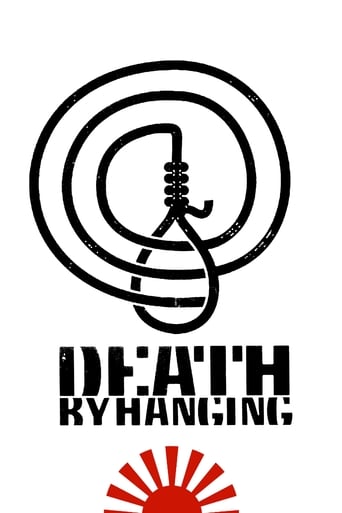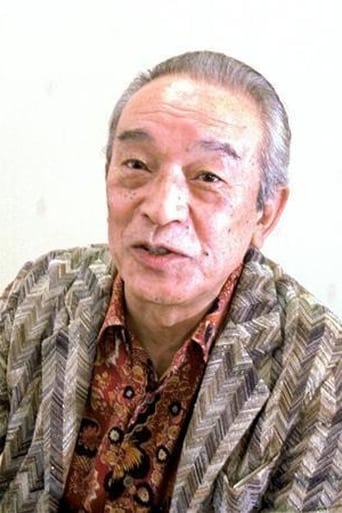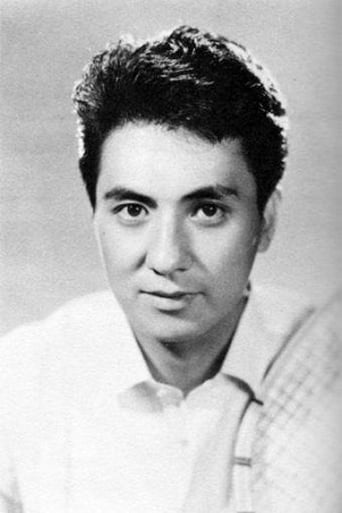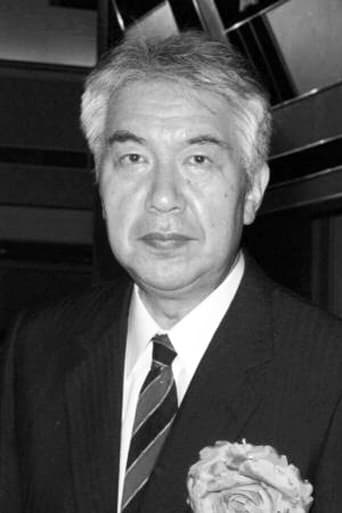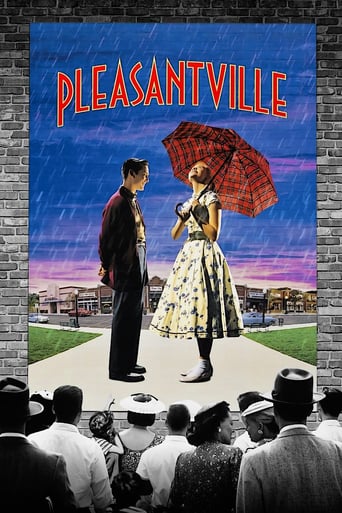Death by Hanging (1968)
A Korean man is sentenced to death in Japan but somehow survives his execution, sending the authorities into a panic about what to do next.
Watch Trailer
Cast


Similar titles
Reviews
The greatest movie ever made..!
The performances transcend the film's tropes, grounding it in characters that feel more complete than this subgenre often produces.
Close shines in drama with strong language, adult themes.
It really made me laugh, but for some moments I was tearing up because I could relate so much.
This is one of the most complex and troubling films that I have seen lately. I know unfortunately too little about Nagisa Oshima, beyond his being the director of the famous Empire of Senses. Here he gives an amazingly strong film about the fate of one man identified by a one letter name (as in Kafka's Process) facing death by hanging but refusing to die, and losing his memory in the process. The whole bureaucratic system around works to get his memory back in order to make him pay for his crimes. They will re-enact his crimes starting to look crazier and bringing to surface their own demons and prejudices, plunging the hero redeemed innocent by amnesia and themselves in a complex world that mixes ceremony and nightmare. The film is a strong shout of protest against the death penalty, militarism and any repressive system that crashes human dignity.
One of the benefits of writing film comments is that readers will sometimes send me recommendations. If that were the only benefit, and if this were the only recommendation I would get, it would be worth it.By reading the comments, you may think that the main value of this film is a damning polemic on capital punishment plus a perhaps more powerful examination of (Japanese) racism toward Koreans. It is those things and powerfully so. But the manner in while the narrative unfolds deserves experiencing even if Japanese politics of the sixties doesn't interest you.Its construction is worth your effort. It starts as a documentary of a hanging. The man is hanged but apparently survives. He has lost his identity. In order for his re-execution to be legit, they have to reintroduce him to the crime. Though all the acting is done in the execution room by the executioners (including a doctor, lawyer and Christian priest), the viewer enters shifting imaginations and we are taken on a series of conversions.At one end, the beginning, we have the execution witnesses following the re-enactors from scene to scene, the re-enactors, executioners, taking roles in the drama. The scenes become more real until the murder where an executioner gets carried away and kills an innocent woman.Then things shift more radically and all sorts of complex folds appear simultaneously. Some viewers "can see" and others not. The murdered girl comes out of her coffin to become a competitor to write what we see, combination lover, writer, and sister, shifting from Japanese to Korean.You need to ignore the preaching because it gets in the way. Perhaps the second time around pay attention to it it maps quite well onto America and its blacks, though there's far less brutality, length of history and institutionalized racism in the US case. But as I say, this all has less value than the way the thing is put together.While watching this, you will notice that the steps of narrative shifting are of different types, radically different types as varied as you get in "Citizen Kane," or "Annie Hall." They slip sideways in unexpected directions. But the shifts occur at roughly the same frequency and seem at about the same distance.This narrative shifting does serve the political agenda, in part because that agenda is simple. Something that seems invisible in one maturely rationalized perspective, become obvious when the perspective is shifted a bit away from all the storied protections.I think I'm putting this on my list of essential films. Ted's Evaluation -- 4 of 3: Every cineliterate person should experience this.
Oshima is a director who usually leaves you in no doubt about what he thinks, but he goes all out here. This film is a strong polemic against the death penalty as practiced in Japan. The condemned man fails to die, and those in the death chamber panic and wonder what to do. After about five minutes of narration (by Oshima himself), the characters gear into action, using Oshima's chosen method : black farce. This is a very funny film, and all the more so because it confronts some very edgy stuff and often crosses the line to outrage. Oshima, as he often does, attacks Japan's sacred cows head on. As well as the death penalty, he deals with prejudice against Koreans, rape, politics, respect for authority and much more.The acting is excellent, particularly the Korean who plays the condemned man. His calm poise provides an excellent balance to the mania of the officials around him, as they try to make him remember who he is and what he's done.Strong stuff, warmly recommended.
Contains Spoilers Mix of documentary and black farce. An indictment of Japanese prejudicial attitudes toward Koreans. Oshima based his Film on an actual incident in which a young Korean was accused of raping and murdering two Japanese schoolgirls (one in the Film), found guilty, and hung (Japan's method of capital punishment). When the student fails to die when hanged, his executioners set about re-creating the crime, each official plays a part, in order to prove to the young man that he is guilty. They eventually identify with the roles they have assumed. Ultimately, even the film's audience is implicated in the student's death.As the Film opens a narrator asks "Are you for or against the death penalty?" For those in favor he goes through an explanation of what happens in the death house. As this is being given, the execution of prisoner "R" is being played out. When "R" is alive more than 20 minutes after he was hung the officials are at a loss as to what to do. The hanging is halted while the officials debate, and an unconscious "R" regains consciousness. However, "R" does not remember who he is, and the officials can't execute him unless they can once again prove to him that he is the man convicted of the rape and murder.In an attempt to convince the prisoner, the officials present (including officers, guards, and a doctor) decide to re-enact the crime, and later "R's" home life. We learn that "R" (who plays himself in the reenactments) is the poor son of a deaf/dumb mother and alcoholic father, who was kind to his younger sisters. This reenactment is suddenly stopped by one of the officials who decides it is out of place because such information was not included in the court records. The move to the recreation of the first crime, committed at Komatsugawa High School. "R" is told how to perform the killing and he does so. . .but not fast enough. to speed things up the education officer steps in and finishes the girl off. Back on death row there is a casket containing the dead girl (whom some of the officials can see and some cannot) who eventually wakes up, gets out of the casket and claims to be "R's" older sister. The education officer claims that "R" didn't have an older sister.The next section of the Film is taken over by "R's" sister who opposes capital punishment, is proud of her Korean heritage and a vehement critic of Japanese imperialism. Eventually, the prosecutor (who cannot see her) decides she is trespassing and has her hung. In the next scene, she is lying in her brother's arms (beneath a Japanese flag) having a discussion about "desire and imagination" while the officials sit around them drinking and singing. "R" now admits he is "R" and the officials want to proceed, however, "R" argues that he is a different "R" than they hung previously. He refuses to recognize the nation's right to kill people when killing itself is wrong. The prosecutor decides to let him go, but when "R" tries to leave he is met by a blinding light and cannot continue. He returns and allows himself to be hanged. When we see the swinging noose however it is empty. The narrator thanks the officials and audience for the participation in the execution.

